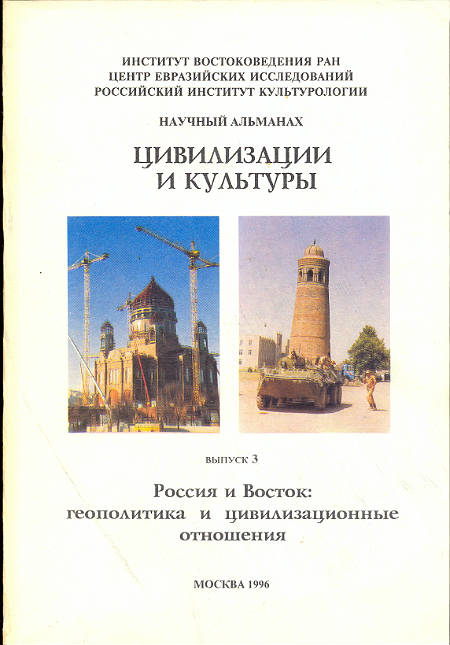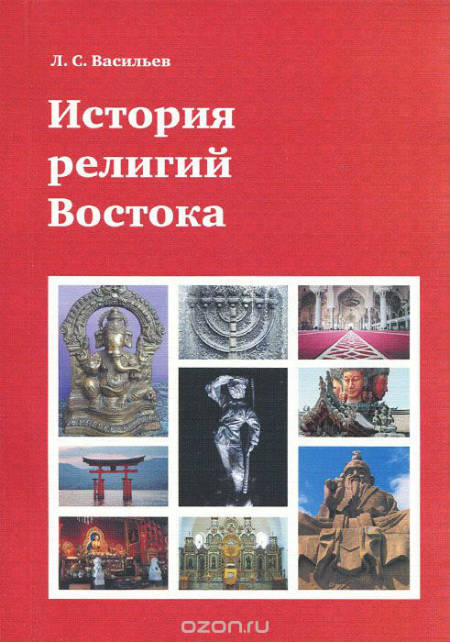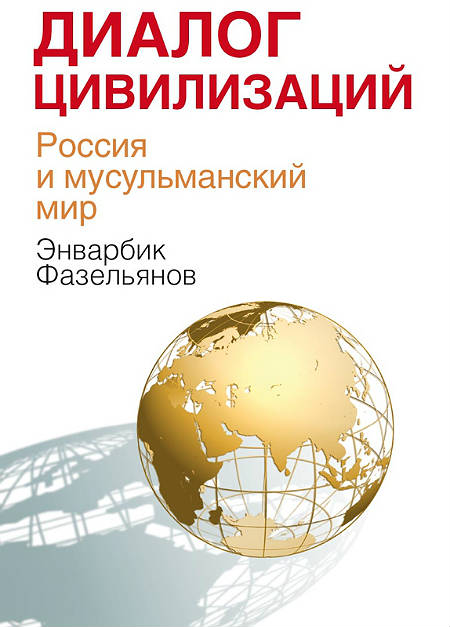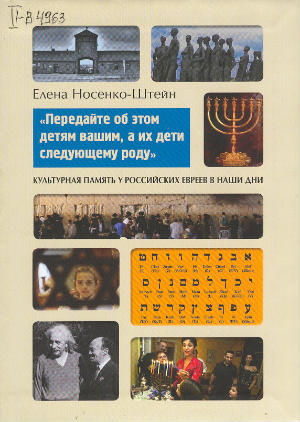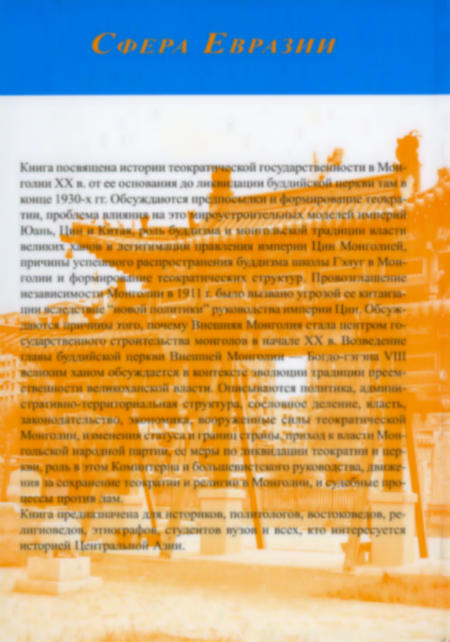Book
Theocratic Statehood and the Buddhist Church in Mongolia in the Beginning of the 20th Century
Еditor: Grayvoronsky Vladimir
Москва, 2016, 496 p.
The book describes the history of theocratic statehood in 20th century Mongolia from the establishment of theocratic structures to the demise of the Mongolian Buddhist church in late 1930s. It consists of Introduction, 3 Parts, 9 Chapters, and Conclusion. The Introduction contains an overview of the studies undertaken, the main sources used, and an outline of the different research approaches used in the study. The book deals with preconditions and the formation of theocracy, the problem of influence on this process of world-view systems in China, the Yuan and the Qing Empires. The author considers the role of Buddhism and Mongolian tradition in the Qing legitimization for the Mongols, the reasons for the successful spread of Buddhism of the Gelug sect and formation of theocratic structures in Mongolia. The proclamation of independence of Mongolia in 1911 was caused by the threat of its Sinification because of the “new policy” of the Qing Empire’s leadership. The reasons, why the Outer Mongolia became the center of Mongolian statehood in the early 20th century, are considered. Brief information on the economy, defense and education, as well as anti-feudal movements is provided. The process of enthronement of the theocratic leader of Outer Mongolia, the 8th Bodgo Gegen Jebtsundamba Khutuktu, as the Great Khan of the Mongols is discussed in the context of the legacy of the great khan’s power. The book embraces such topics as the policy, administrative and territorial structure, class division, power, law, economics, armed forces of theocratic Mongolia, change of status and borders of the country. The author describes the formation of the Mongolian People’s Party (MPP) with the People’s Government and their rise to power, with a short period of limited monarchy (1921 – 1924). He also analyses the MPP’s measures on the demise of the Buddhist church and theocracy, the role of the Comintern and Bolshevik leadership in this process, the movements for the conservation of the theocracy and religion in Mongolia, lawsuits against the lamas. The author draws a conclusion that Tibetan theocracy served as a model for the development of Mongolian theocracy. Manchu emperors promoted the development of Buddhism and theocracy in Mongolia not only for political but also for religious reasons. The traditional status of the Manchu emperor as the religious monarch endowed him with the power to be the arbiter and supreme patron of religion, integrating its structures at higher level. At the same time, the theocratic structures promoted by the emperors, became alternative centers of influence and authority in Mongolia. The Buddhist clergy was the most influential and richest part of Mongolian society, especially in Outer Mongolia. Despite all the conflicts of the 20th century and the changes in the social systems, all the leaders of the State of Mongolia including the Bogdo Khan, the revolutionaries and the democrats all followed the fundamental tenet of Mongolia’s independence from China and the idea of uniting the Mongolian nation. This is reflected in the political succession of the modern State of Mongolia from the theocratic monarchy of the 8th Bogdo Gegen. The book is intended for historians, political experts, Orientalists, religious scholars, ethnographers, students, and for all those who are interested in the history of Central Asia.
РУССКАЯ ВЕРСИЯ: Теократическая государственность и буддийская церковь Монголии в начале ХХ века


